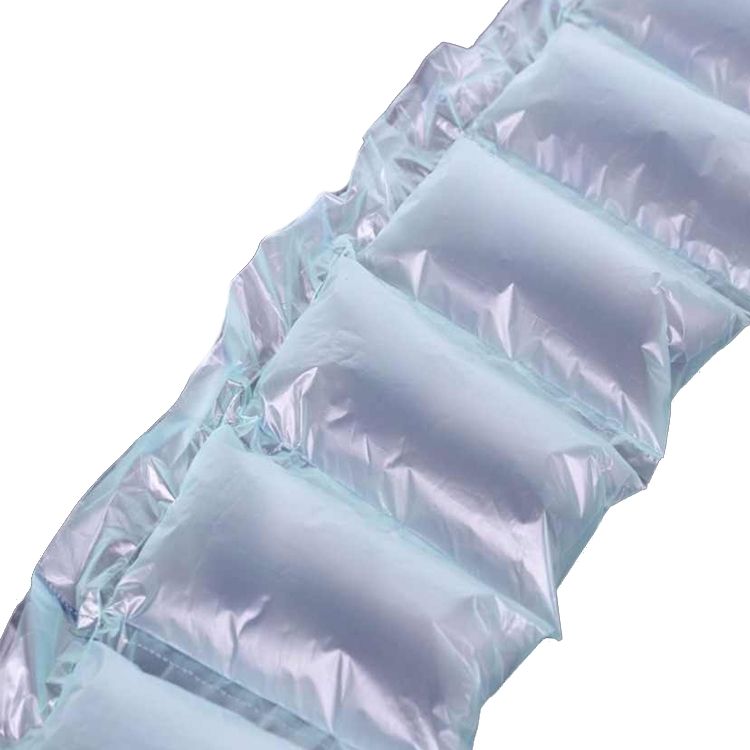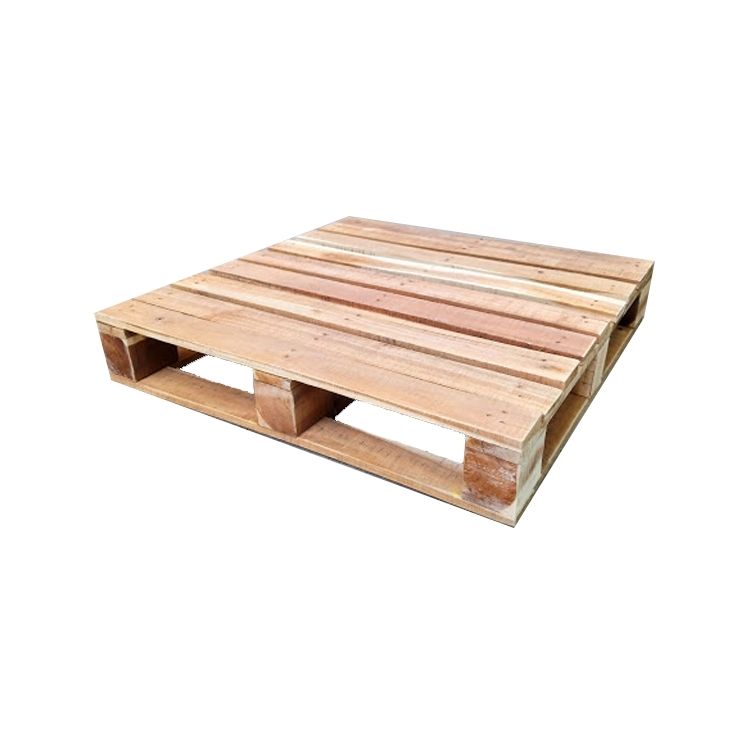All pallets used for importing and exporting must be handled to comply with the provisions of the International Plant Protection Convention (IPCC). Depending on the requirements and the purpose of using the pallet, there will be corresponding pallet fumigation treatments. In this article, let’s learn about ISPM-15 standard pallets and two popular methods of treating pallets with the ISPM 15 standards today.
What is ISPM-15 standard pallet?
The ISPM-15 standard pallet is a standard that is no stranger to North America and the EU, as well as Australia and other countries, that have been adopted to keep diseases, insects, and plant life safe around the globe. The International Plant Protection Convention (IPPC) has introduced a phytosanitary procedure to help keep ecosystems safe. The aim is to reduce the risk that ecological systems will be affected by cargo moving from one country to another. ISPM-15 regulations affect all types of wood packaging, not just pallets. For example crates, dunnage, pallets, boxes, or anything made of wood thicker than 6mm must be heat treated to import into certain countries.

The pallets are treated with ISPM-15 standard sterilization to ensure that the smallest insects do not penetrate the pallet and damage the pallet. Pallets are mostly standardized by the communities that use them. These professional international standardizations will speed up the trade process through customs.
The symbol “wheat” is used to identify fumigated wooden pallets and conveyances. Agents will rely on this stamp to ensure that the container or vehicle is allowed into the country.
Two methods of treating pallets with ISPM-15 standard
Heat treatment

Heat treatment is the most common form of treatment and the preferred method of pallet fumigation treatment by the IPCC. This method uses steam, oven drying, or radio frequency heating to heat the wood to 56–60 degrees in as little as 30 minutes. It kills any pests and makes pallets safe for transport. The identifier for treating pallets with heat treatment is “HT”. It is the IPCC-recommended pallet fumigation treatment. Because they are not only good for the environment but also good for the user. The heat fumigation treatment of pallets makes the wood stronger and it will never expire. That means you can use the HT pallet over and over again without ever having to worry about having to deal with it again.
Chemical treatment with methyl bromide

Methyl bromide-treated wood pallets are chemical sprays to kill any insects and harmful germs in the wood. This method cannot be used for materials thicker than 20cm because the chemical may not penetrate further. It is also becoming less common because the IPCC recommends heat treatment instead of methyl bromide treatment. The identifier for treating pallets with methyl bromide is “MB”. Pallets treated with methyl bromide cannot be used in the garden or as furniture. In addition, chemicals can stay in the wood for years to come even after treatment to remove it.
If you use pallets for business, it is best to familiarize yourself with the HT or MB markings on your pallets. Besides, you also need to pay attention to the pallet’s EPAL certification, a standard that should not be ignored if you intend to export your goods to Europe and strict markets. Understanding the value of qualified pallets is an important first step in doing business internationally.










